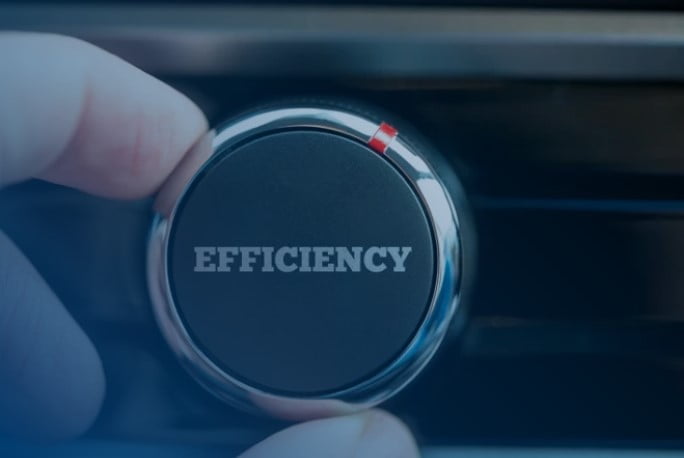Evaluating repair and replacement proposals for a facility you manage is a daunting task. I know that because I recently sat on a panel with facilities managers, building owners, architects and engineers at a national trade show and listened to these professionals talk about the challenges they face.
The decisions that are made around this kind of equipment have far-reaching impact on employees and whole companies. These aren’t simple systems, and making the wrong choice affects the safety and comfort of every individual. And the economic impact of making the wrong choice about capital equipment like HVAC, lighting, IT and other systems can mean the difference between a company’s success or failure.
The choices these individuals face require the depth and breadth of knowledge needed to run a high-performance commercial building or to operate today’s sophisticated industrial plants and manufacturing facilities.
Almost to a person, the participants on this panel agreed that no one individual has the ability to be an expert in all areas. That’s why so many of them rely on a trusted partner to make recommendations that they can act on quickly. And speed is often of the essence, as these professionals shared that many of the decisions they make are emergent in nature. They need to respond quickly with actionable recommendations, cost data, conceptual estimates and service plans—and be ready to move forward with a turnkey solution.
On top of that, facility managers and others they work with may have to wrangle with company financial policies about repair-or-replace decisions. Will the action be expensed in the current year as an operating expense or will the replacement equipment be depreciated over several years?
These individuals need business partners who understand the ins and outs of business and can inform them about upgrade possibilities to newer, more energy-efficient designs (such as VFDs upgrade pumps, valves and air handler motors) that will allow them to make the right decision.
But they also need to know about advances in controls that link these systems into the building management system so that everything is integrated. And they need help in explaining how upgrading the design of a replacement unit or component can help defray the upfront costs through energy and reliability savings.
Here are six things you need to be able to keep in mind in order to help your provider make informed recommendations:
- What is the remaining life of the equipment needing repair or replacement? If your HVAC equipment is approaching the end of its useful life and a major component has failed, you may want to talk to your provider about repair versus replacement based on how long you’ll stay in the building, the expected life of the equipment itself and whether the purpose of the space will stay the same or change.
- How will you fund repairs or capital replacements? You may be able to take advantage of tax credits/deductions, utility rebates, leasing or other financing tools.
- Consider cost avoidance. There is a financial comparison that can demonstrate costs you avoided by a) not having to service obsolete equipment and b) running more efficient equipment. Systems that are better designed make your building operate more efficiently. These are real savings that should be considered in your calculations.
- Look at return on investment. What’s the financial payback for the solution you choose? Sometimes the IRR may suffice, but for major equipment, a wiser metric would be modified internal rate of return (MIRR) or the net present value (NPV) of an investment versus a repair.
- Don’t ignore upgrades. When you’re considering a system that’s more than 20 years old, there are many new technologies that make replacement a better decision—particularly when you weigh developments such as the phase-out of R-22 refrigerant. Here’s some additional information about the R-22 phase-out that may be helpful.
- Keep in mind compliance and safety issues, in addition to other corporate goals. And you won’t want to ignore the time and effort required to maintain comfort and up-time when working with aging industrial equipment.
Evaluating repair-versus-replace options for your commercial building isn’t something you want to take lightly. And it’s also probably not something you’ll want to tackle on your own. Here’s some additional information about how we can help you make sure you make the right decision for your specific situation.




